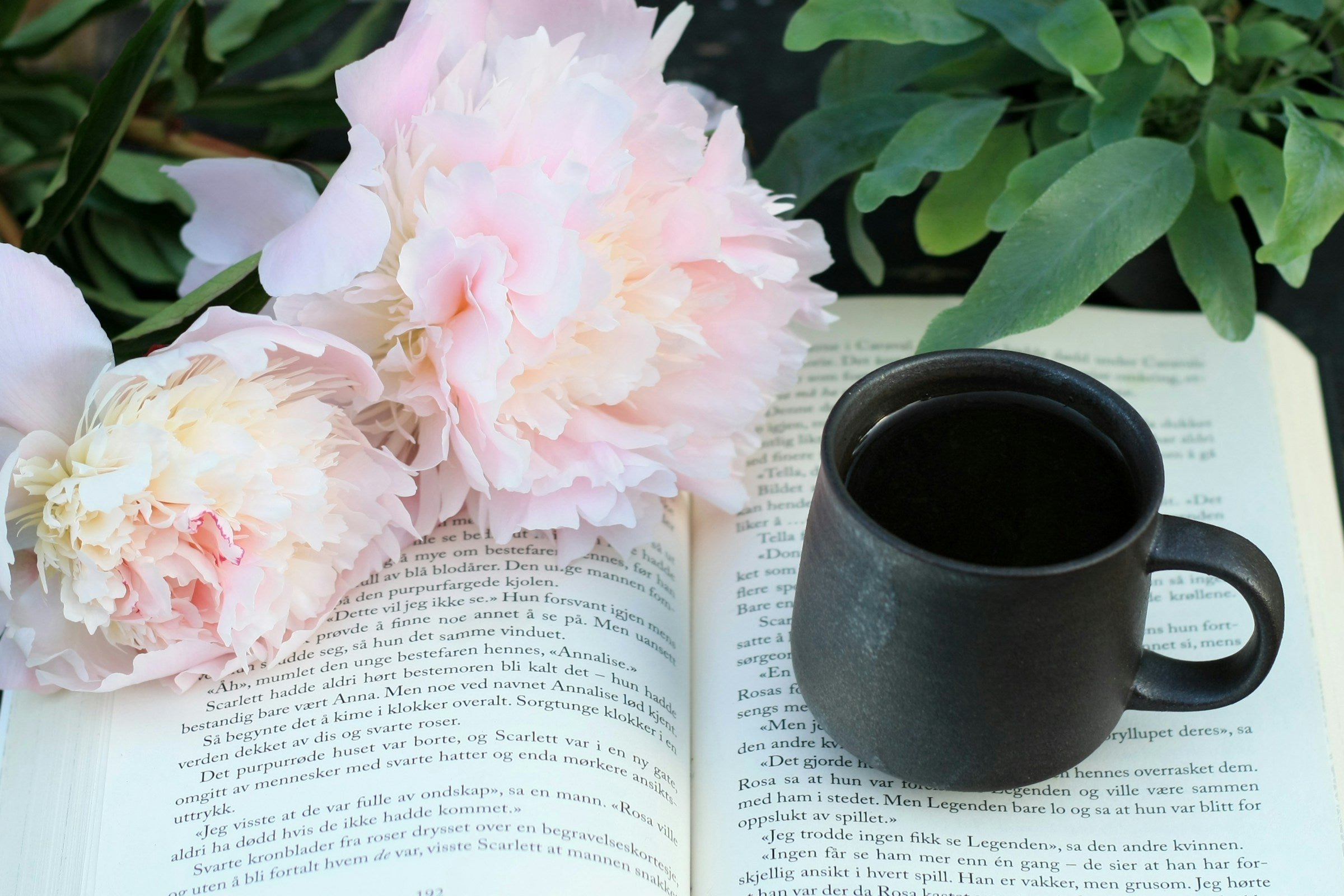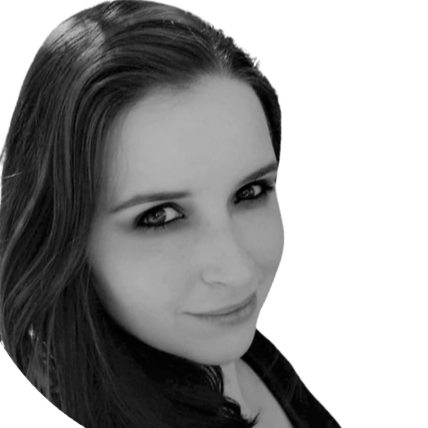Welcome, my fellow book lover!
In the realm of mental health and personal development, bibliotherapy has emerged as an impactful resource, merging the therapeutic power of reading with emotional growth and self-exploration. This practice leverages literature to address psychological concerns, promote healing, and enhance personal development. Whether you are a mental health professional, educator, or someone on a journey of self-improvement, understanding the different types of bibliotherapy can help you customize your approach to better meet your individual needs or the needs of others. In this comprehensive article, we’ll delve into prescriptive, creative, and developmental bibliotherapy, exploring how each method can be effectively applied in various contexts.
What is Bibliotherapy?
At its essence, bibliotherapy involves using literature as a therapeutic tool to facilitate emotional and psychological healing. The idea is that engaging with stories—whether they are fiction, nonfiction, poetry, or self-help materials—can help individuals process their feelings, gain insights into their experiences, and foster personal growth. The beauty of bibliotherapy lies in its versatility: it can be applied in clinical settings for diagnosed mental health conditions or in community and educational environments to tackle general life challenges. The outcome often leads to improved self-awareness, emotional resilience, and coping strategies in the face of adversity.
The Different Types of Bibliotherapy
When we discuss the various types of bibliotherapy, we can categorize them into three primary approaches: prescriptive, creative, and developmental. Each method serves distinct purposes and may be more appropriate for different audiences or situations. Understanding these types can empower readers and practitioners alike to select the most suitable approach for their needs.
Prescriptive Bibliotherapy
Prescriptive bibliotherapy is often employed by mental health professionals, whereby therapists recommend specific self-help books and literature based on an individual’s unique needs and circumstances. This method utilizes the therapist’s expertise to curate a selection of texts that align with the client’s therapeutic goals, ensuring that the materials enhance the therapeutic process.
In this framework, the selected books can cover a wide range of topics, including emotional regulation, coping with depression, managing anxiety, or exploring personal relationships. For instance, a therapist may suggest a well-regarded self-help book on anxiety management to a client grappling with feelings of constant worry. By providing recommended readings, therapists guide clients through their reading experiences, ensuring that the material resonates with their emotional or psychological state.
Moreover, therapeutic bibliographies or curated reading lists can also fall under the umbrella of prescriptive bibliotherapy. These lists are often compiled based on themes such as anxiety, depression, grief, or self-improvement, allowing individuals to select materials that speak to their personal experiences. This approach encourages a proactive stance towards mental health, enabling clients to engage with literature that supports their healing journey.
Creative Bibliotherapy
Creative bibliotherapy takes a more holistic approach by intertwining reading with expressive arts such as writing, drawing, and other forms of creative expression. This type of bibliotherapy encourages participants to not only engage with literature but also reflect on their emotions and thoughts through artistic means, creating a dynamic interplay between reading and creativity.
For instance, after reading a poignant story, individuals might be asked to write a reflective piece, create artwork, or even engage in drama exercises that resonate with their feelings about the text. This blend of literature and creativity allows for deeper exploration of personal issues, fostering emotional awareness, resilience, and problem-solving skills.
Creative bibliotherapy is particularly effective in group settings, such as workshops or community programs, where participants can share their insights and expressions with one another. This collaborative environment fosters a sense of community, allowing individuals to see that they are not alone in their experiences. Sharing personal stories and creative expressions can lead to collective healing, new perspectives, and a deeper understanding of oneself and others.
Developmental Bibliotherapy
Developmental bibliotherapy primarily focuses on using age-appropriate literature to address the emotional and psychological needs of individuals at different life stages. This approach is particularly beneficial for children and adolescents, as well as adults navigating significant life transitions.
For children, developmental bibliotherapy often involves selecting picture books or stories that help them understand and navigate complex emotions, such as fear, sadness, or change. For example, a child dealing with the divorce of their parents may benefit from reading stories that depict family changes or coping mechanisms. Books that address themes such as friendship, loss, and resilience can empower young readers to identify their feelings and develop coping strategies.
For adults, developmental bibliotherapy might involve literature that addresses common experiences, such as becoming a parent, adjusting to retirement, or coping with loss. These narratives resonate with readers, offering insights into their own situations and fostering empathy towards themselves and others. By encountering relatable narratives, individuals may come to understand that their feelings and challenges are part of the human experience.
Understanding the Applications: Clinical vs. Community/Educational Use
It’s essential to distinguish between clinical bibliotherapy and community or educational bibliotherapy. Clinical bibliotherapy often involves a structured approach utilized as part of a treatment plan for diagnosed mental health conditions, directed by licensed professionals. In this context, reading materials are tailored to suit individual therapeutic goals, and the therapy is often monitored and evaluated in a clinical setting.
On the other hand, community or educational bibliotherapy focuses on general life challenges and personal growth. It may be applied in educational settings, workshops, or self-help contexts, serving as a form of preventive mental health care. This approach invites individuals to engage with literature to enhance self-awareness, foster personal development, and build coping skills without necessarily addressing a specific clinical diagnosis. Community bibliotherapy can also serve as a resource for individuals seeking to enhance their emotional well-being, improve relationships, or navigate life transitions.
Customizing Bibliotherapy for Individual Needs
One of the most significant advantages of bibliotherapy is its adaptability. Whether you are a therapist, educator, or simply someone looking to improve your well-being, understanding the various types of bibliotherapy allows you to tailor your approach to better serve individual needs. Here are some considerations for customizing bibliotherapy:
- Assess Individual Needs: Identify the emotional or psychological challenges an individual is facing. Are they experiencing stress, grief, anxiety, or a significant life change? Understanding their specific needs will help guide the selection of appropriate reading materials.
- Consider Reading Interests: Engage individuals in a conversation about their reading preferences. Some people may respond better to fiction, while others may prefer self-help or poetry. Tailoring the material to their interests can foster engagement and motivation.
- Encourage Reflection: Integrate reflective practices into the reading experience. Encourage individuals to journal about their thoughts and feelings after reading, or to create art based on their interpretation of the story. This can enhance comprehension and emotional processing.
- Create a Safe Environment: If conducting group bibliotherapy sessions, foster a safe and respectful environment where participants feel comfortable sharing their insights and experiences. This sense of community can enhance the healing process.
- Monitor Progress: If working in a clinical setting, regularly review the individual’s progress with the selected bibliotherapy approach. This ongoing evaluation can help therapists adjust their recommendations based on the client’s evolving needs.
Conclusion
In conclusion, bibliotherapy offers a unique and powerful method for emotional healing and personal development. By understanding the three primary types—prescriptive, creative, and developmental—individuals can engage with literature in ways that best meet their specific needs. Whether through therapist-recommended books, creative exploration, or age-appropriate stories, bibliotherapy provides a pathway for growth and healing in diverse contexts. It is a valuable tool for both individuals seeking personal growth and professionals aiming to enrich their therapeutic practices.
If you’re interested in incorporating bibliotherapy into your practice or personal growth journey, consider exploring our Modern Bibliotherapy Certifying Training Course. This course covers essential techniques and approaches to bibliotherapy, empowering you with the knowledge and skills to facilitate transformative healing experiences. Additionally, the Reflect, Recharge, Reset: Overcome Stress and Anxiety in 5 Days with Bibliotherapy program can provide valuable insights and techniques for managing life’s challenges through the power of literature. Embrace the transformative potential of bibliotherapy and take the next step towards healing and self-discovery.







Leave a comment